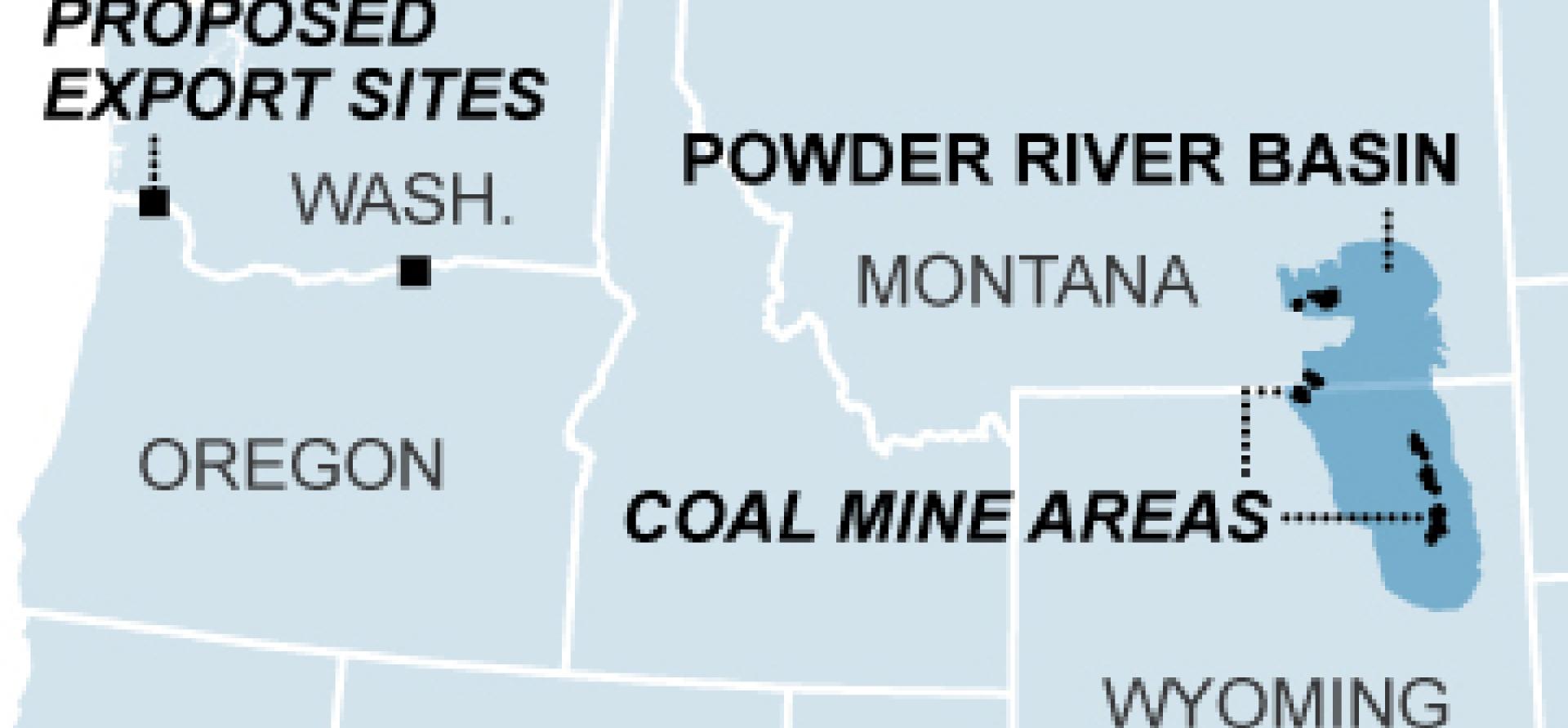The Federal Government’s Coal-Leasing Program Is Broken: Here’s How to Fix It

It’s time for the U.S. to modernize how it manages its publicly owned coal reserves.
That’s the essence of comments we’ve filed today with the Department of the Interior as it begins a review of its federal coal-leasing program in the Powder River Basin, a program that has been mismanaged for years at taxpayer expense and that is now failing on every front.
This won’t be a short-term or simple undertaking. It will take time and effort and it won’t occur without resistance from entrenched interests that have long profited from a system that subsidizes coal takings from public lands.
But it can and it must proceed. Global energy markets are in transition, the U.S. coal industry is in collapse, and the question before Interior officials now is how to update its costly lease program with policies that are more in step with the times and more suited to the national interest.
Prior moratoriums were conducted when coal markets were expanding, but the moratorium in place now is occurring in a period where the coal industry is in structural decline.
Our letter today—posted in full here—offers a road map for how to proceed.
It makes these core recommendations.
Prohibiting coal leases for anything other than domestic electricity-production purposes.
Restricting leases to those based on accurate analysis of coal reserves and demand (that means cancelling some leases and taking some reserves off the market;
Establishing a transparent private-public partnership that provides appropriate finance through private-sector borrowing, public-sector asset transfers of coal, revenue and market guarantees, and regulatory streamlining;
Creating a federal-state coal-price commission to set and enforce pricing that can maintain supplies of affordable and reliable electricity and that adjust to changing market conditions;
Eliminating self-bonding for coal-mine reclamation responsibilities, replacing this practice with a program in which coal producers and the federal government share responsibility for clean up and in which royalty payments are targeted to cover liabilities (and to provide for pensions for coal miners).
Mandate bi-annual (twice yearly) external audits/reviews of the program by the inspector generals of the Department of Energy and the Department of the Interior.
We’re also calling for restrictions—as a matter of national energy security—on coal exports from federal lands.
Powder River Basin coal reserves are a crucial public asset, the biggest such reserves in the country. That’s why we say companies that include Alpha Natural Resource, Arch Coal, and Peabody Energy must not be allowed to continue to send these reserves overseas. Nor should these companies—all of which have recently entered bankruptcy and all of which have shown tendencies toward reckless speculation—be permitted to invest in foreign coal assets. If the U.S. coal industry is to have a future it will require new business models and new technologies, not more wasteful, value-destroying gambles on non-existent overseas markets.
The political hurdles alone to the reforms we recommend are daunting. But major public policy change has never been easy.
And while some may see our proposals as controversial, the federal coal lease program has inarguably run its course. It is desperately in need of a new paradigm.
Sound planning, a skilled public-sector negotiating team, good financial advice and a commitment to openness will be critical elements of success.
Tom Sanzillo is IEEFA’s director of finance.
[IEEFA letter to Department of the Interior]
Related Posts:
U.S. Coal Subsidies Are Bigger Than Anyone Knew
Obama Does for the Coal Industry What It Cannot Do for Itself
Global Trends Continue to Undermine U.S. Coal-Export Schemes















